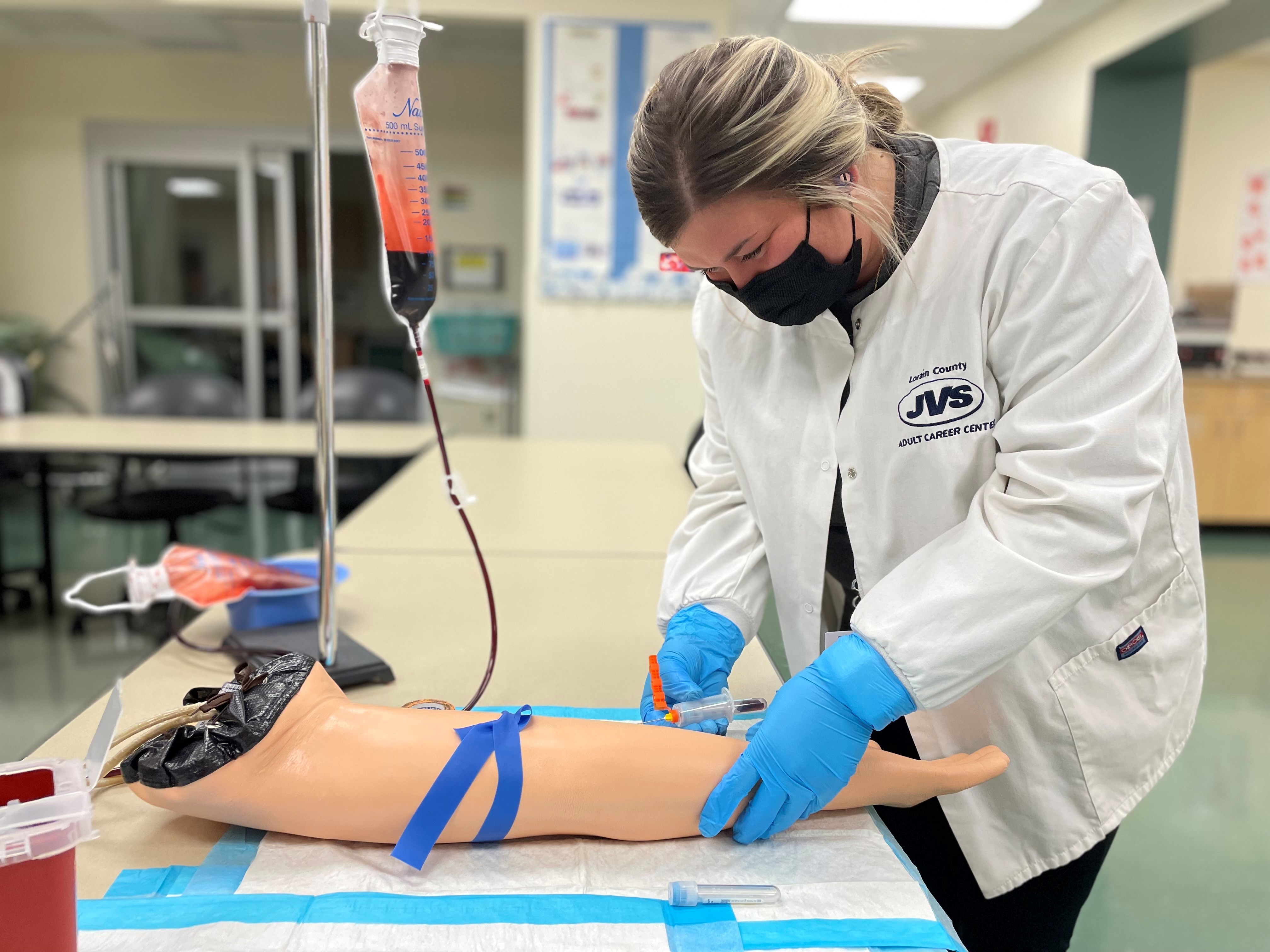Northeast Medical Institute - New Haven Campus Phlebotomy Course & Cna Class Fundamentals Explained
Northeast Medical Institute - New Haven Campus Phlebotomy Course & Cna Class Fundamentals Explained
Blog Article
Northeast Medical Institute - New Haven Campus Phlebotomy Course & Cna Class Fundamentals Explained
Table of ContentsAll About Northeast Medical Institute - New Haven Campus Phlebotomy Course & Cna ClassThe smart Trick of Northeast Medical Institute - New Haven Campus Phlebotomy Course & Cna Class That Nobody is DiscussingNortheast Medical Institute - New Haven Campus Phlebotomy Course & Cna Class for DummiesThe smart Trick of Northeast Medical Institute - New Haven Campus Phlebotomy Course & Cna Class That Nobody is Talking AboutSome Known Incorrect Statements About Northeast Medical Institute - New Haven Campus Phlebotomy Course & Cna Class An Unbiased View of Northeast Medical Institute - New Haven Campus Phlebotomy Course & Cna Class
Nonetheless, making use of such tools ought to be gone along with by various other infection avoidance and control methods, and training in their use. Not all safety and security gadgets are applicable to phlebotomy. Before selecting a safety-engineered device, individuals must extensively examine available devices to establish their appropriate usage, compatibility with existing phlebotomy techniques, and efficiency in safeguarding staff and people (12, 33).For setups with reduced sources, expense is a motoring factor in purchase of safety-engineered tools. Where safety-engineered gadgets are not offered, experienced usage of a needle and syringe is acceptable.
Among the crucial pens of quality of care in phlebotomy is the participation and cooperation of the client; this is equally valuable to both the health and wellness employee and the person. Clear details either written or spoken need to be readily available per patient who undergoes phlebotomy. Annex F offers sample message for discussing the blood-sampling treatment to a patient. In the blood-sampling space for an outpatient division or facility, give a comfortable reclining couch with an arm remainder.
Not known Facts About Northeast Medical Institute - New Haven Campus Phlebotomy Course & Cna Class
Ensure that the indications for blood tasting are plainly specified, either in a created protocol or in recorded instructions (e.g. in a lab type). At all times, follow the techniques for infection avoidance and control listed in Table 2.2. Infection avoidance and control methods. Collect all the equipment needed for the treatment and place it within risk-free and simple reach on a tray or cart, guaranteeing that all the items are plainly visible.
Introduce on your own to the client, and ask the person to mention their complete name. Check that the lab type matches the client's identity (i.e. match the patient's details with the lab type, to ensure exact recognition).
Make the individual comfortable in a supine position (if feasible). Place a clean paper or towel under the client's arm. Go over the test to be performed (see Annex F) and get verbal authorization. The client has a right to decline a test at any moment before the blood sampling, so it is very important to ensure that the client has recognized the procedure.
The smart Trick of Northeast Medical Institute - New Haven Campus Phlebotomy Course & Cna Class That Nobody is Talking About
Expand the person's arm and inspect the antecubital fossa or forearm. Locate a vein of an excellent size that is visible, straight and clear.
DO NOT insert the needle where veins are diverting, because this increases the opportunity of a haematoma. Locating the blood vessel will certainly help in establishing the correct size of needle.
Haemolysis, contamination and existence of intravenous fluid and medication can all change the results (39. Nursing staff and medical professionals may access central venous lines for samplings following protocols. Samplings from central lines bring a threat of contamination or incorrect lab examination results. It serves, however not perfect, to injure specimens when first presenting an in-dwelling venous gadget, before attaching the cannula to the intravenous liquids.
9 Simple Techniques For Northeast Medical Institute - New Haven Campus Phlebotomy Course & Cna Class
Allow the location to dry. Failure to allow adequate call time increases the risk of contamination. DO NOT touch the cleaned up website; specifically, DO NOT put a finger over the blood vessel to guide the shaft of the revealed needle. It the site is touched, repeat the disinfection. Perform venepuncture as complies with.
Ask the patient to create a clenched fist so the blood vessels are extra prominent. Get in the vein quickly at a 30 degree angle or less, and remain to introduce the needle along the capillary at the simplest angle of entrance - CNA Courses. Once enough blood has been collected, release the tourniquet prior to withdrawing the needle
Northeast Medical Institute - New Haven Campus Phlebotomy Course & Cna Class Fundamentals Explained
Take out the needle carefully and use gentle pressure to the site with a tidy gauze or completely dry cotton-wool ball. Ask the client to hold the gauze or cotton woollen in area, with the arm expanded and increased. Ask the individual NOT to flex the arm, because doing so creates a haematoma.

Northeast Medical Institute - New Haven Campus Phlebotomy Course & Cna Class for Dummies
Do not push the syringe bettor because added pressure enhances the danger of haemolysis. Where possible, keep the tubes in a rack and move the shelf towards you. Inject downwards into the proper coloured stopper. DO NOT get rid of the stopper since it will certainly launch the vacuum. If the example tube does not have a read the article rubber stopper, inject extremely gradually right into television as decreasing the pressure and speed utilized to transfer the specimen lowers the threat of haemolysis.

Report this page